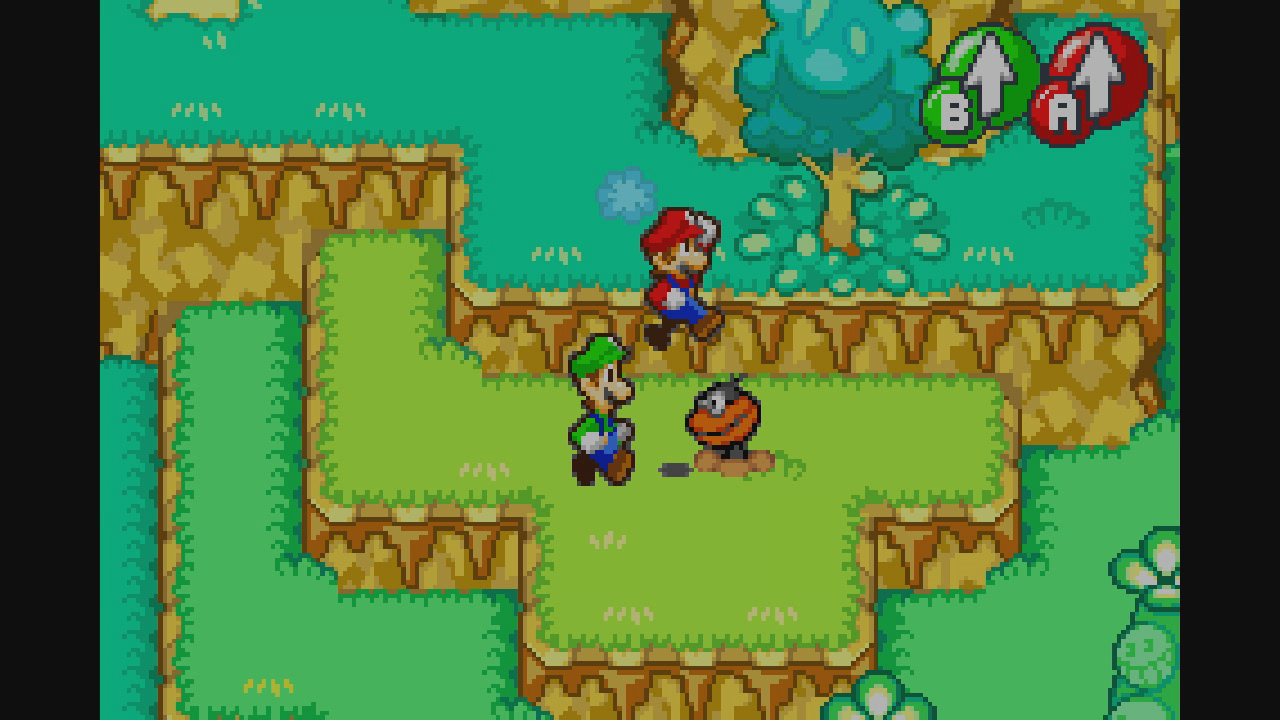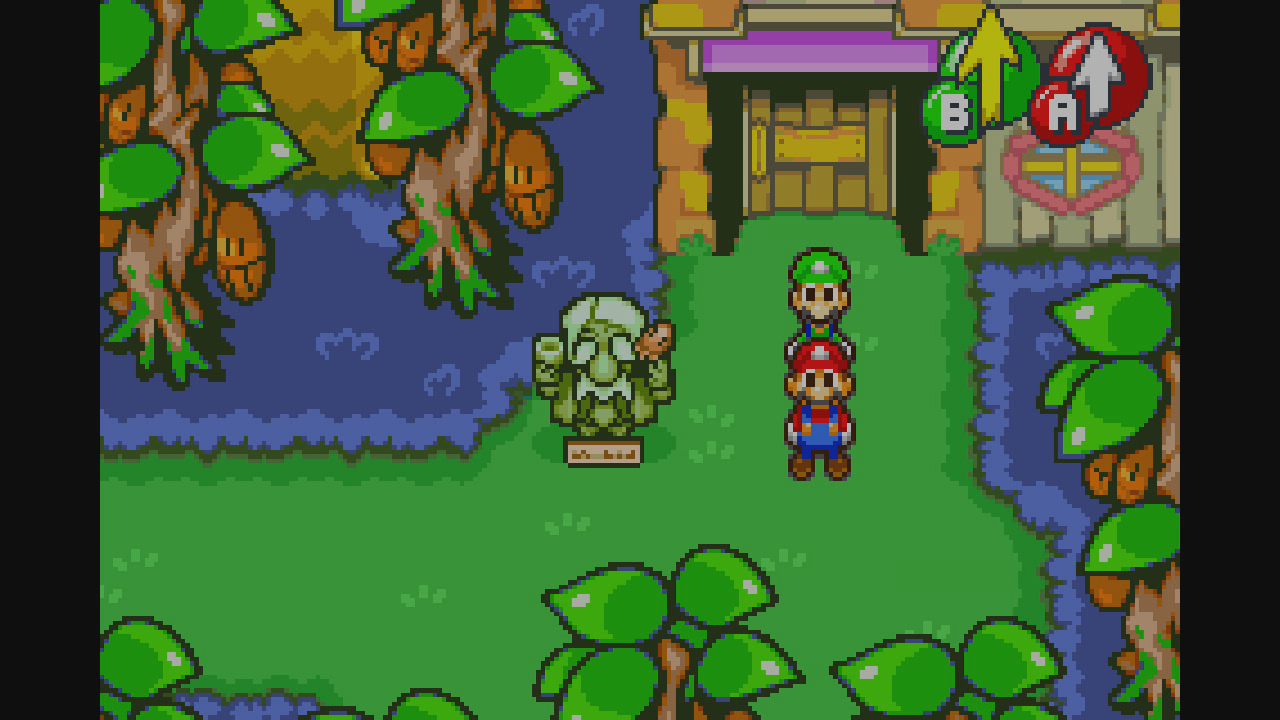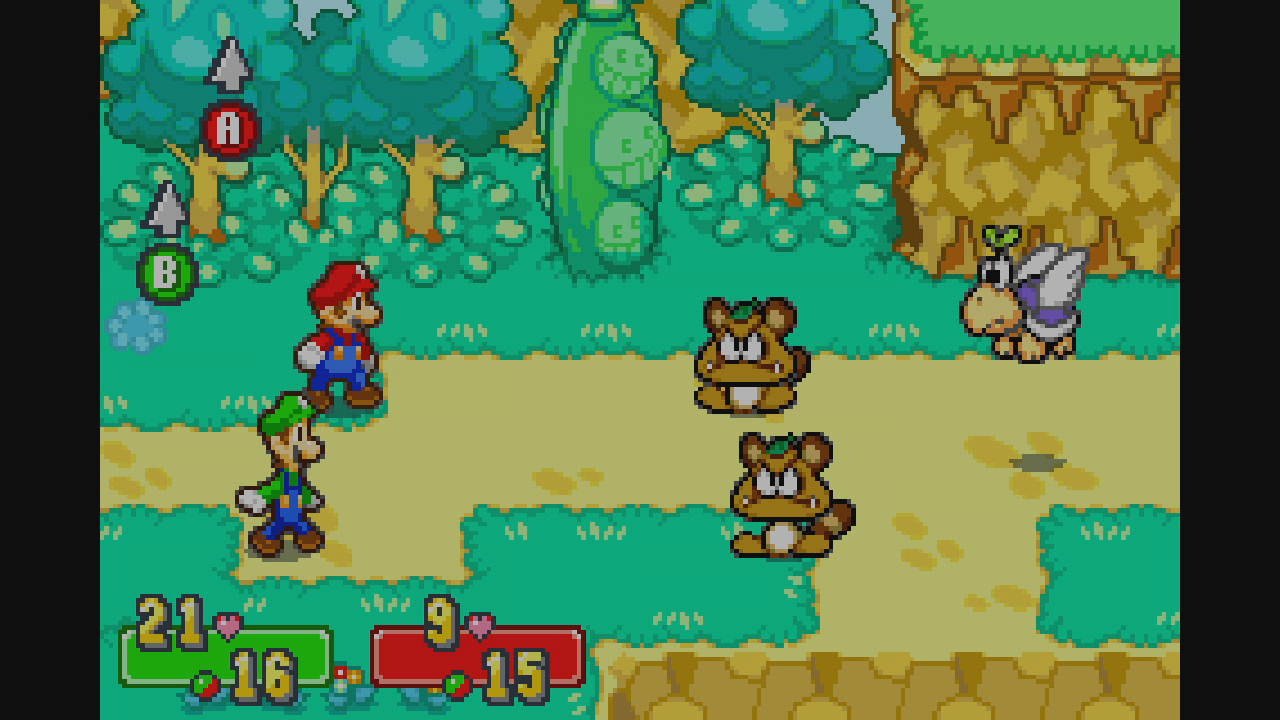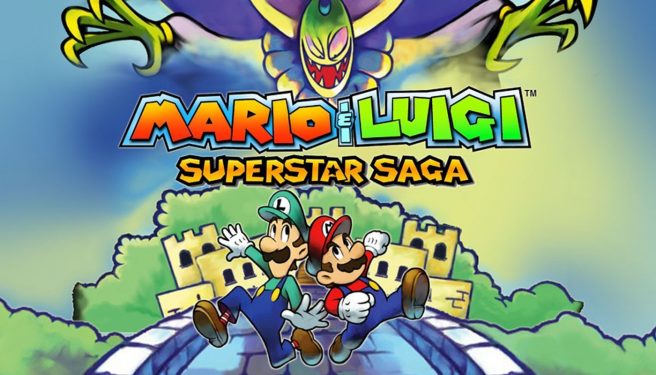Why Mario & Luigi: Superstar Saga still holds up as one of the best Mario RPGs
With the recent release of Mario & Luigi: Brothership, it’s a better time than ever to get into the rest of the series. And with Nintendo Switch Online’s Expansion Pack, that’s rather easy. Mario & Luigi: Superstar Saga, the first game in the series, is available as part of the Game Boy Advance app. After completing Brothership, we gave the original Superstar Saga another shot (making for this writer’s fourth unique playthrough). Despite the fact that it has a remake available on Nintendo 3DS that released in 2017, this game holds up surprisingly well – and in a way it’s actually refreshing to play after going through Mario & Luigi: Brothership. Here’s why Superstar Saga is still worth your time today. We’ll be discussing a few story spoilers, so keep that in mind before you continue.

It’s hard to believe, but the Mario & Luigi series is already well over twenty years old. The version of the game available on Nintendo Switch Online released in 2003, and in many ways it set the standard for the franchise for years to come. As always, Superstar Saga is charming and unique – the interactions between Mario and Luigi are highlights here just like they are in Brothership. They’re presented as very simple, likable characters, and their interactions with the world around them (in this case, the new Beanbean Kingdom) help the game stand out. In classic Mario & Luigi fashion, the main antagonist is not Bowser. This time around, an evil witch named Cackletta poses as the neighboring Beanbean Kingdom’s ambassador and steals Peach’s voice. She aims to use it to awaken the Beanstar, who remains asleep unless it hears the voice of somebody with a pure heart. Once awakened, the Beanstar can grant any wish.
In response, Mario, Luigi, and Bowser team up to head to the Beanbean Kingdom to recover Peach’s voice. Bowser is quickly dispatched, however, and he remains absent for most of the game’s story. It’s overall a very solid plot, especially for being a Mario game, and it’s got a few interesting twists and turns along the way. If you play Superstar Saga right after Brothership, however, you’ll notice that everything happens fast. The game doesn’t waste your time, and the story continues moving at a good place rather than slowing to a crawl. This extends past the story: you’re constantly unlocking new upgrades to use, including Hammers, elemental attacks, Bros. Moves, overworld techniques, and more. This helps contribute to a sense that you’re making quick progress, which is definitely refreshing after Mario & Luigi: Brothership’s much slower pace. As a neat bonus, there are also cameos from Professor E. Gadd, Geno, Kirby, Starfy, and more.

Superstar Saga’s combat is fast, snappy, and responsive. Once you’re strong enough, it’s easy and satisfying to plow through enemies with perfectly-executed Bros. Attacks. Whereas future games in the series sort of slow down Bros. Moves to lean into the cinematic aspect, Superstar Saga focuses on keeping them quick. There are a total of eight Bros. Attacks to master, and each of them have Advanced versions with different inputs that you unlock after you ace their original versions. All of the Bros. Moves are powerful in their own ways, some can steal items from opponents, and others have elemental properties that deal critical damage to specific enemies.
There are also plenty of bosses in this game – almost 30, to be exact. With all of the different moves and Bros. Attacks that become available to you, combat feels expansive and satisfying. Not to mention that you can equip wear and Badges to augment Mario and Luigi’s stats and bonus effects, which adds another layer to combat that we see in future titles as well. Some enemies and bosses drop exclusive gear that you can steal with certain advanced Bros. Moves, but some early-game bosses have exclusive gear that you cannot steal unless you obtain all of Superstar Saga’s collectible beans. The average player wouldn’t think to do this, so you may accidentally progress the story too far and miss out on exclusive equipment as a result. Not a huge problem by any means, but a minor annoyance nonetheless.

Superstar Saga is pretty much full of charm at all corners of its world. The overworld is well-designed and rather large, but not so large that it feels like a chore to explore. Superstar Saga’s overworld feels sort of cozy, in fact – most of its areas are visually distinct, so you’ll eventually get your bearings and you’ll find that you don’t get lost very often (if at all). The new overworld techniques Mario and Luigi will learn unlock plenty of new backtracking opportunities that reward the player with gear and items.
Overall, Mario & Luigi: Superstar Saga holds up surprisingly well for being 20 years old (and the first in the series). We’re just the slightest bit disappointed that Bowser himself doesn’t have a more prominent role, but when that’s the only real criticism we have, you know what’s on offer is good. Nintendo Switch Online also makes the game more accessible; though it is not difficult by any means, you’re able to rewind if you mess up a Bros. Attack and want another shot, for instance. We’re hoping to see Mario & Luigi: Partners in Time and the original Mario & Luigi: Bowser’s Inside Story on Nintendo Switch Online one day as well, but we’ll almost certainly be waiting for Switch 2 for that.
What are your thoughts on Mario & Luigi: Superstar Saga? Is the original Game Boy Advance version of the game your favorite, or do you prefer the Nintendo 3DS remake? How do you think it holds up against the rest of the series? Let us know your thoughts in the comments down below. In the meantime, you can read more about the Nintendo Switch Online here.
